One thing I hear around the surface design community from well-known educators and artists is the importance of having multiple streams of income. In my surface design journey, having different ways to earn an income has allowed me to continue growing my creative business, Fabric Drawer, and kept things creatively fulfilling as I bounce between the different streams.
Art licensing has always been one of those streams, but those who have been in the licensing game will know that it’s not the most reliable source of work and income. In my experience, I find art licensing completely unpredictable; it often feels like a waiting game of being in the right place, at the right time, with the right work.
But that doesn’t mean you should just sit and wait for an art licensing opportunity to fall onto your lap. Perseverance, pushing yourself to create better art, and potentially branching into different avenues will get your work out there so more opportunities will come your way.
So, what’s one way we can give our art licensing a bit of a nudge in the right direction, as well as create another revenue stream? Creating your own product line.
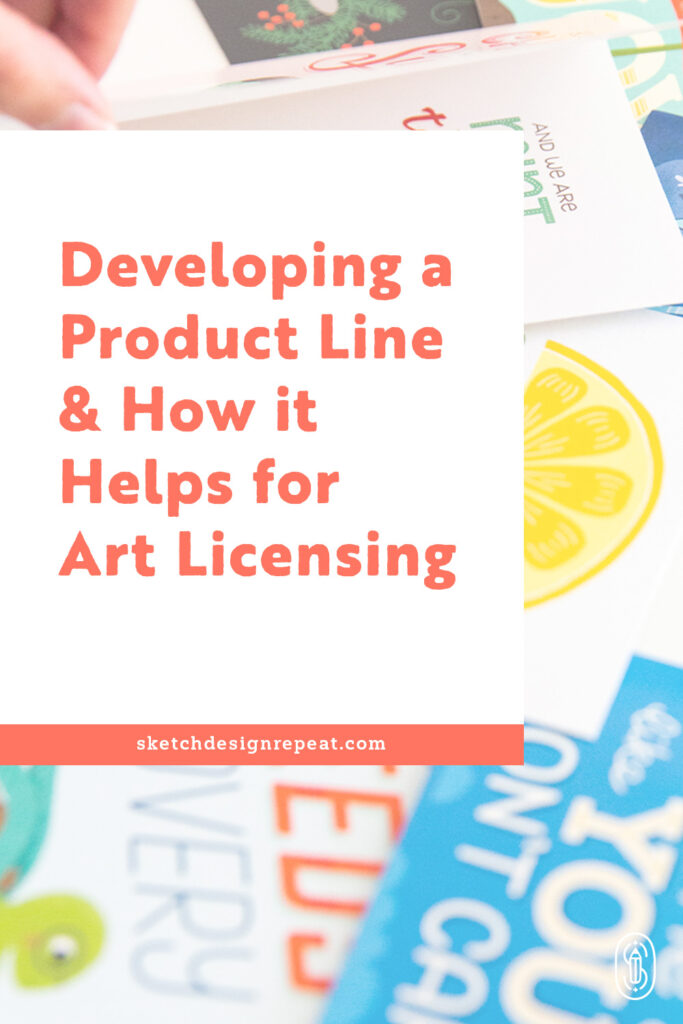
There are many ways having a range of products can help grow your art licensing. My very first (solo) licensing deal after I had been working with an art agent for a few years only happened because I was selling my products in the same market as this business, and I asked if they were interested in working together.
And over the years of growing my own product range, I have been able to license my work through the connections made from having products. While I won’t go into the details of how to develop a product line (check out Nina’s 3-part series for more), I’ll be sharing how having a product range can help grow your art licensing career.
Before you start rushing off to work on a product line, I think it’s really important to be clear that you should only go down this path if you are interested in and willing to invest the time and money into creating products.
Simply creating a range of products doesn’t mean art licensing inquiries will start rolling in. It’s only been over a period of time and showing up at markets and starting to wholesale that these connections have started to form. If you’re only creating products to grow your art licensing, I would re-think branching off into products and perhaps look into print on demand so you can sell your work on product, but it’s only made to order.
So why did I go down the path of creating products?
In the early days of my design journey with no art licenses to my name, I was always drawn to making my own products. Something about the tactile and tangible nature of products fueled my creativity, so when I started finding my way into designing patterns, making products felt like a natural pathway to get my work out there. I have also developed a portfolio of artwork over the years where the majority of artwork sits on my computer unused.
Being able to bring my patterns to life on products (especially ones that never got licensed) means that so much more of my work is utilized. With art licensing, we get joy from seeing our art on our client’s products, but we never see the joy that it brings to the customer who purchases it. You’ll always hear feedback (the good and sometimes not so good) and see the reactions from customers when you have your own products out in the world.
Related Article — Start Your Surface Design Career:
How to Know When You’re Ready
So, what are some ways having a product range can help your art licensing grow?
1) Getting your work out to customers, which includes potential buyers
Having a website and a social media presence is a good start to getting your work out there, but there are so many talented artists that it can be hard to stand out from the crowd. Adding a product line means having your work be seen by many more people, and that includes potential art buyers.
When I was at a trade fair earlier this year for wholesaling my products to retail shops, I met an agent who works with clients in the licensing space. I would have never met this person if I didn’t have my own range of products, and while these interactions don’t always result in getting work straight away, you’ll be on their radar and have their contact details for future opportunities.
2) Knowing what designs sell well
I often use my product range to test the waters with patterns. Sometimes I love a print, but it just doesn’t sell well. Other times I love a print and it sells very well! This process of trialing designs and seeing what resonates with customers allows me to know what designs I should pitch to clients and communicate to potential clients what designs sell well in my own range.
One of the patterns I designed a few years ago, which was a favorite of mine, was placed on a few of my products and always sold well at markets and online. I could see there was potential to license this one, so I always made sure this print featured in all my pitches. It ended up being licensed to multiple clients and featured on fabric, umbrellas, lunch bags, coffee cups, raincoats, and shopping bags.
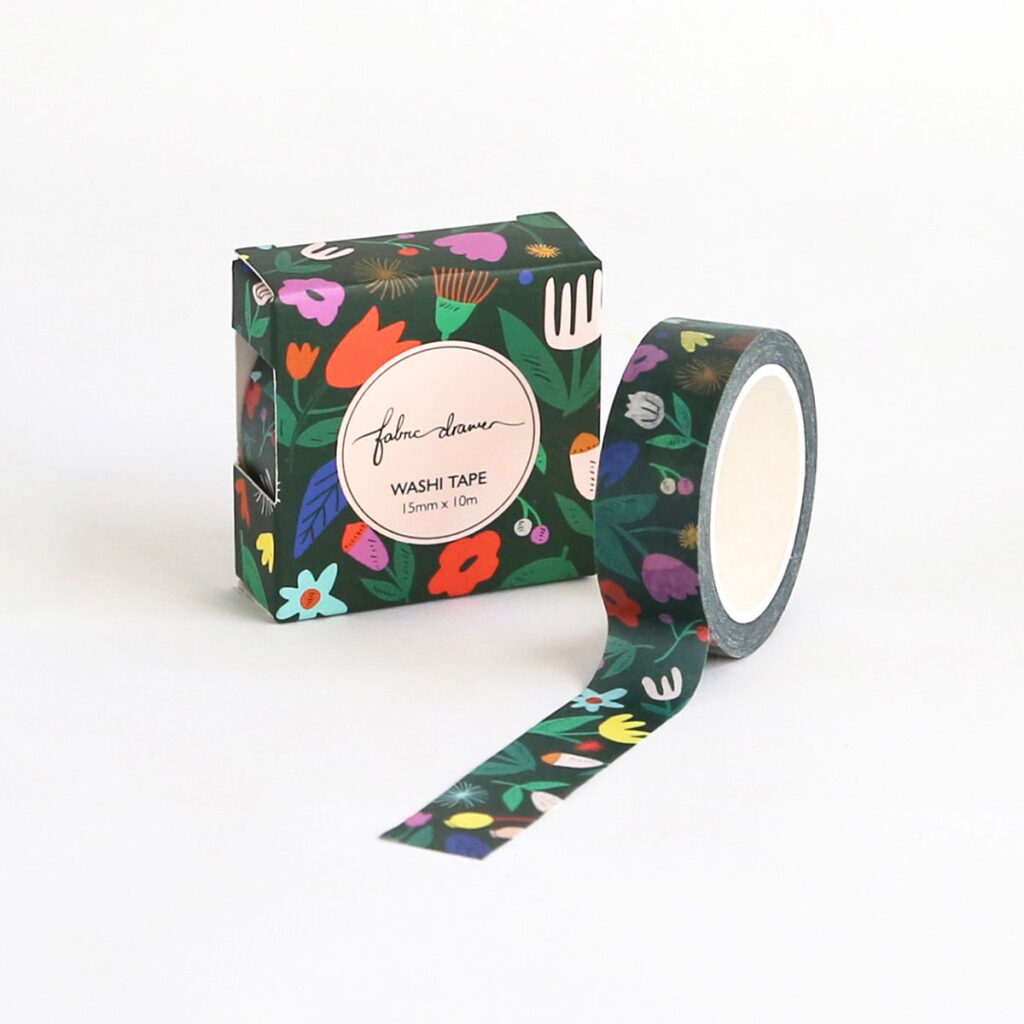
3) Connecting with real people and local businesses for more meaningful art licensing collaborations
I’m sure we all have our dream client list and that probably includes some well-known brands. I know I do too. But some of my more fulfilling licensing deals have been with smaller and local businesses. Some I have met in person and being able to make those connections has made the process of licensing a lot easier (no ghosting here!).
These connections would not have come about if I didn’t have my own product range. I’ve met clients at markets and also through shops I have wholesaled my products to. I’ve had customers suggest clients I should reach out to, many I have not heard of myself. It’s these little nuggets along the way that can lead to licensing opportunities down the track.
4) Sell the work you have licensed
Over the years I’ve been able to sell the products I’ve licensed my work on. That’s been a win-win for both the client and myself. Sometimes I’ll get a sample of the products so I can on-sell those, but more often I will wholesale the products so I have a greater variety of products for sale online or at markets, without having to go down the path of making or manufacturing them myself.
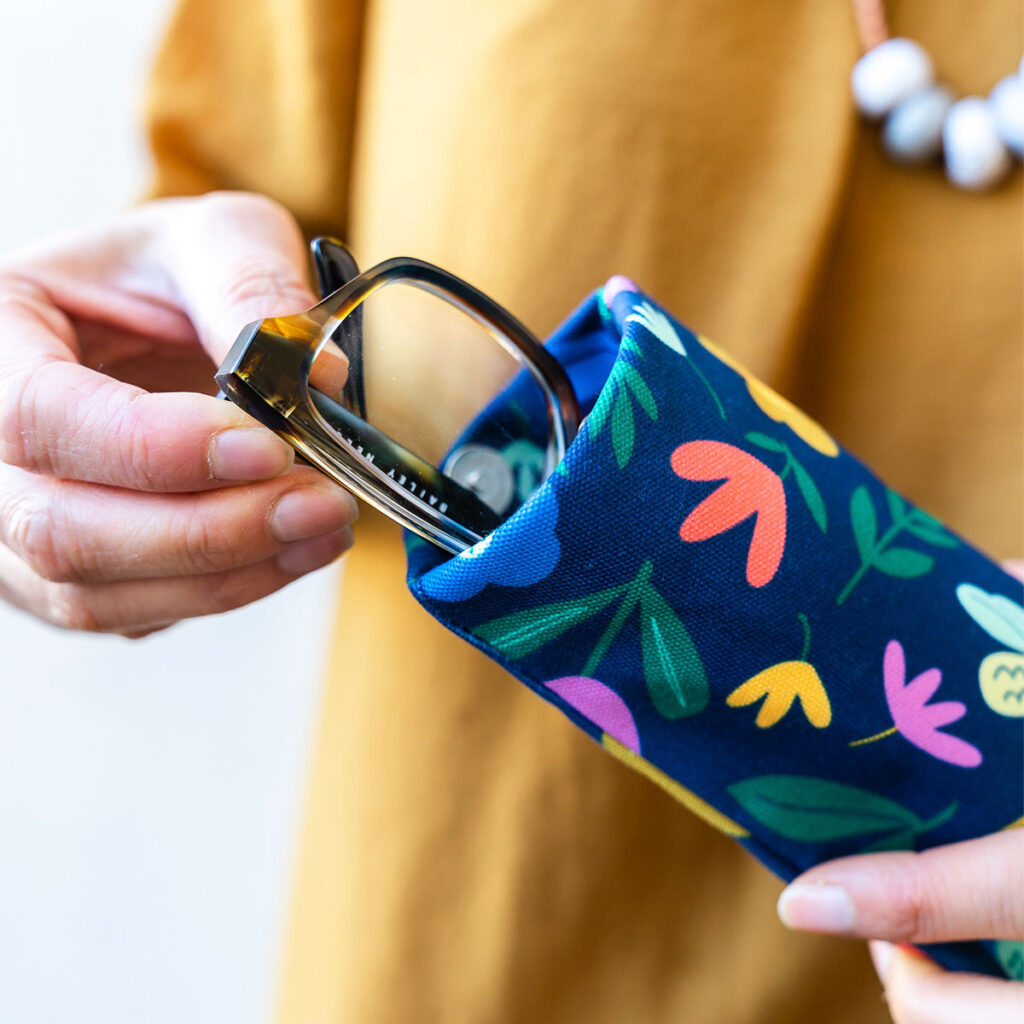
5) Use the same design many times over
Most of the clients I have worked with have never had an issue with me using the same prints on different products within my own range. Just like art licensing allows you to license your design on different products, you also get to benefit from using the same prints on your own products, stretching the use and monetary value of the design.
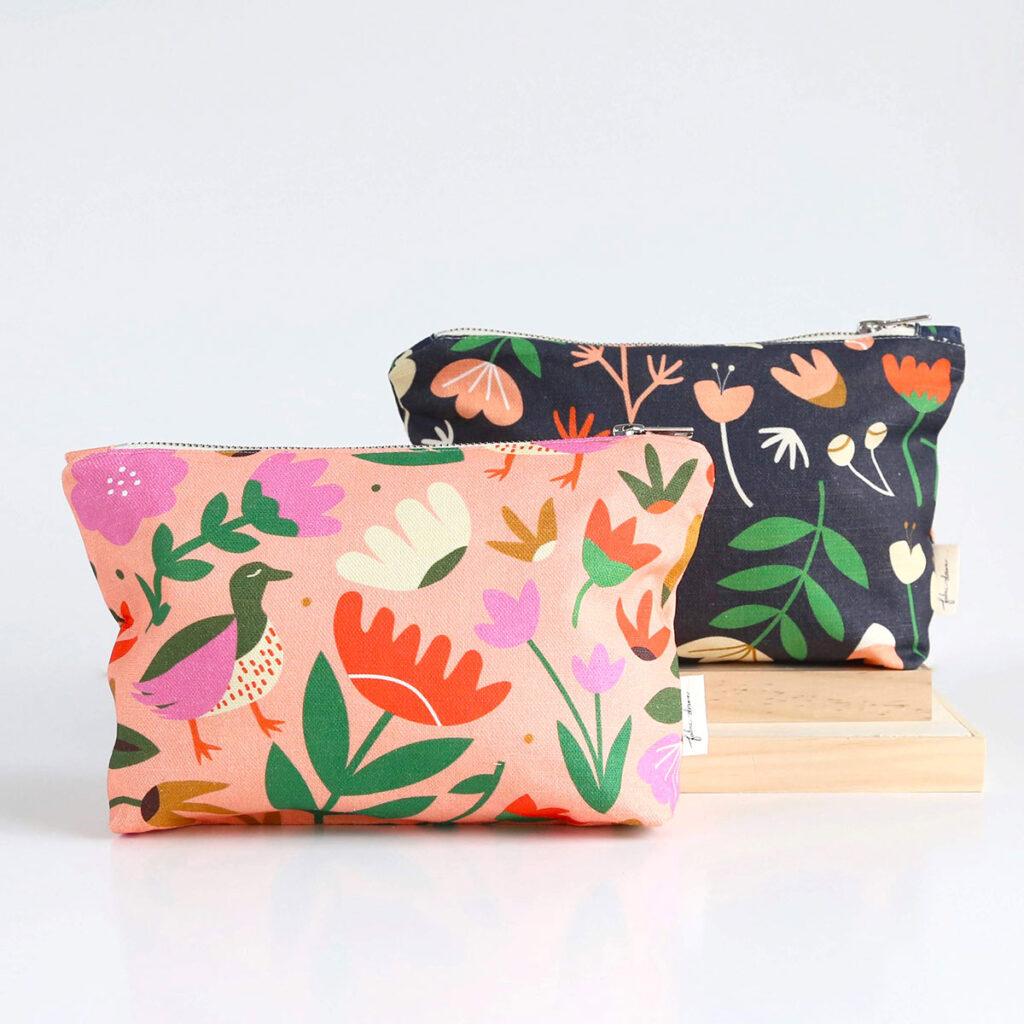
For those of you who are interested in creating your own product line or who already have products out there, often these opportunities come about organically through pushing your product out there. If it’s still early days in your product business, my advice is to keep going! Experiment, see what people like and what sells. If you are invested and believe in your product and designs, you’ll find your target audience and over time you will start to see opportunities in the licensing space.
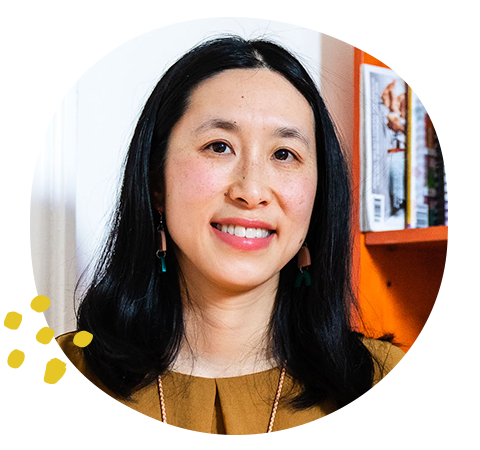
Written by Beck Ng
Website: www.fabricdrawer.com.au
Instagram: @fabric_drawer
Beck is a surface designer and maker living in Melbourne, Australia, who has a love of creating patterns. She started her creative business Fabric Drawer showcasing her work on a range of products, as well as collaborating with a range of local and international companies.
Hello Beck,
Thanks a lot for this article. I have always been drawn into creating my own line of products, but knowing that it is a lot of investments, both in time and money, still scared to start that path. But your experience shows how important this could be.
I wonder if you provide any courses on how to correctly start the path of merchandising your products with your own patterns?
Thank you!
Hi Zhaiya,
Thanks for leaving a comment and I’m happy to hear you are interested in creating a product line. I didn’t really take any courses and I don’t think there’s a ‘correct’ way to go about things. My path was starting at markets and seeing what sold or what designs people liked and then evolving my range from this. I would list the type of products you are interested in making and then work out what is something that is achievable (isn’t too costly and you can make small quantities). For example I have always loved bedding, but it’s not something that I can make easily, so I started with greeting cards and smaller items that are a smaller investment and lower risk if they don’t sell. The only way to know what works is to experiment and see what sort of feedback you get. If you start small then it won’t be so scary. I hope that helps.